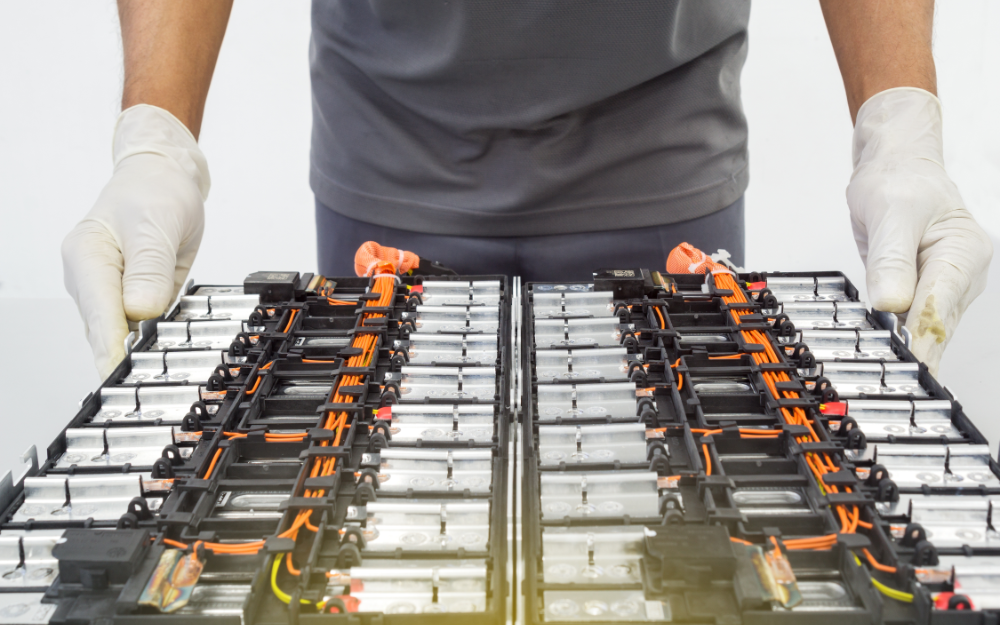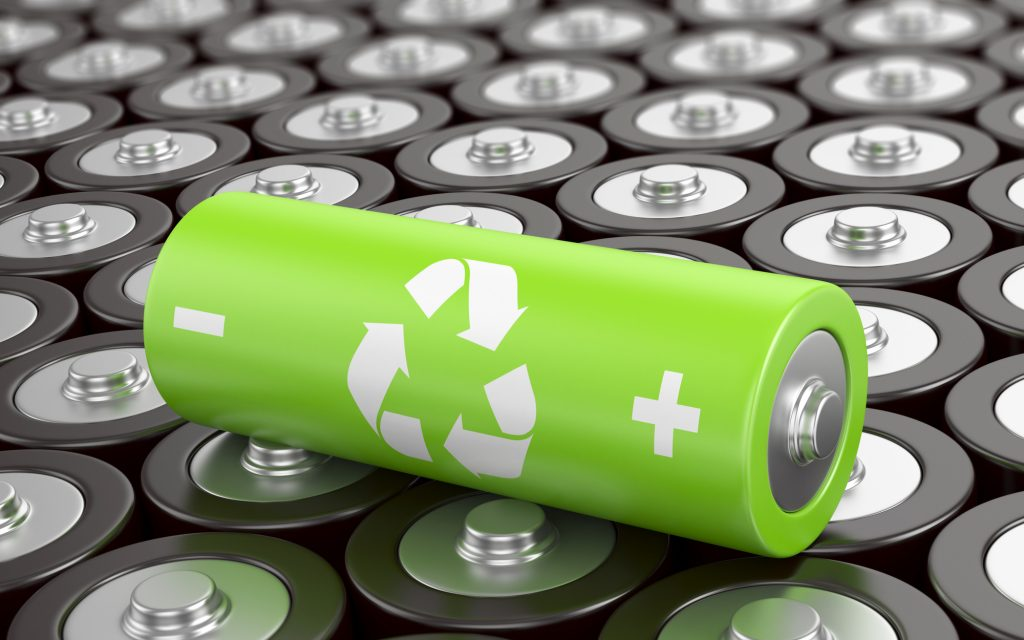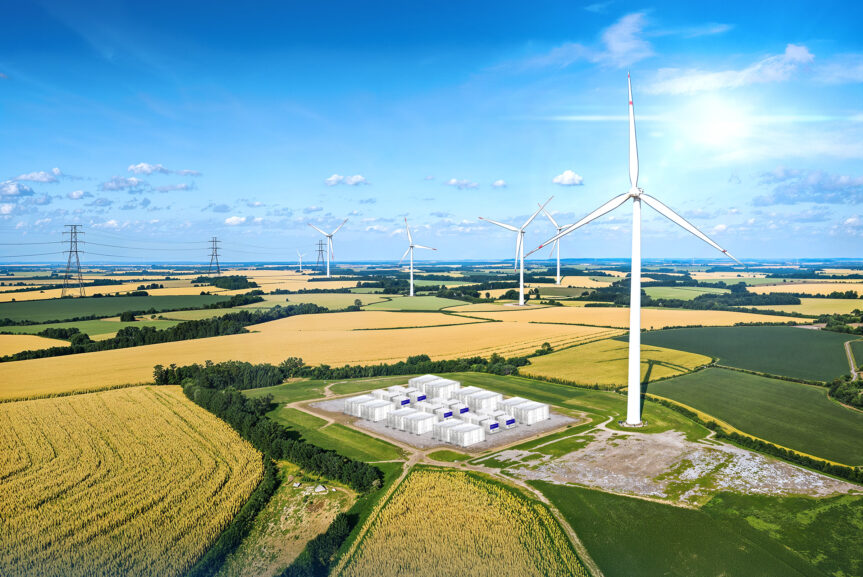The International Energy Agency (IEA) said in a new report that battery recycling demand is expected to increase by 4.5% by 2030 and 7% in 2035.
The report, EV Battery Supply Chain Sustainability, calls the European Union’s recycling targets a ‘strong incentive’ for EV battery producers to use recycled materials, but said it is not a perfect plan.
It warned that when there is an eventual lack of sufficient feedstock for recycling, such as if electric vehicle (EV) batteries last longer than expected, an advantage will be created for markets such as China. This is where the largest recycling feedstocks are.
These targets, which include the minimum amount of material needed to be recovered by mass for how many batteries are recycled after end of life, are determined by the EU Batteries Regulation from 2023.
They will become minimum requirements in 2031. Any EV batteries which fall under these quotas will not be allowed to be sold within the EU.
If recycling is scaled effectively, it can reduce lithium and nickel demand by 25%, and cobalt demand by 40% in 2050, it said. Such a scenario would meet national climate targets, it added. “Scaling up recycling facilities and increasing collection rates of end-of-life batteries will be essential,” it added.
The report also stated the battery industry should consider:
- a holistic approach to drive sustainability
- building battery recycling facilities at the same time as battery production is started. This would incentivise the re-use of manufacturing scraps and minimise the environmental impact of EV battery production and use
- more consideration of environmental, social and governance (ESG) concerns
- adopt traceability systems, such as the global Battery Passport initiative. This will allow businesses along the entire supply chain to see where each component of the battery was produced, from mining and refining, battery manufacture, as well as end users.












